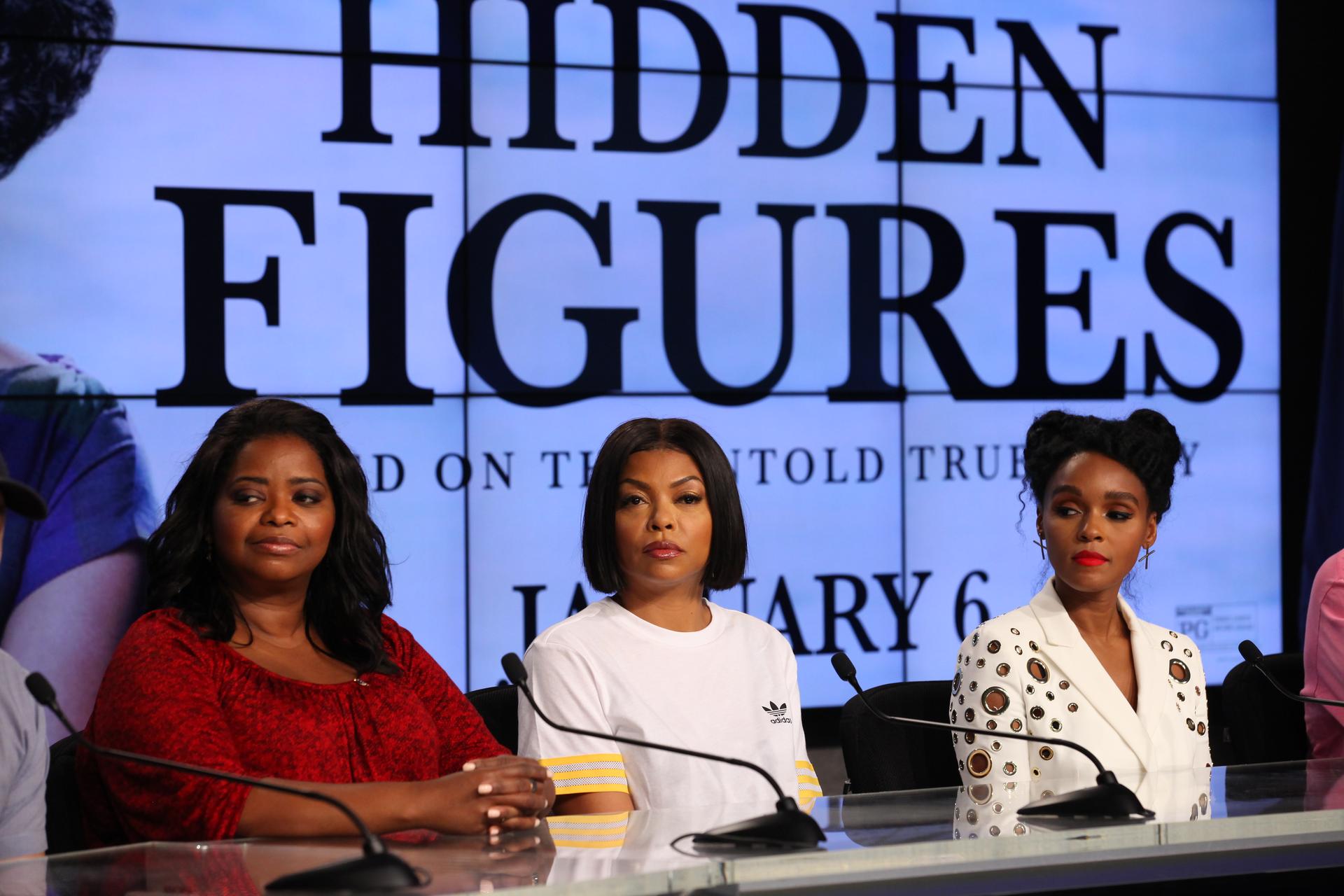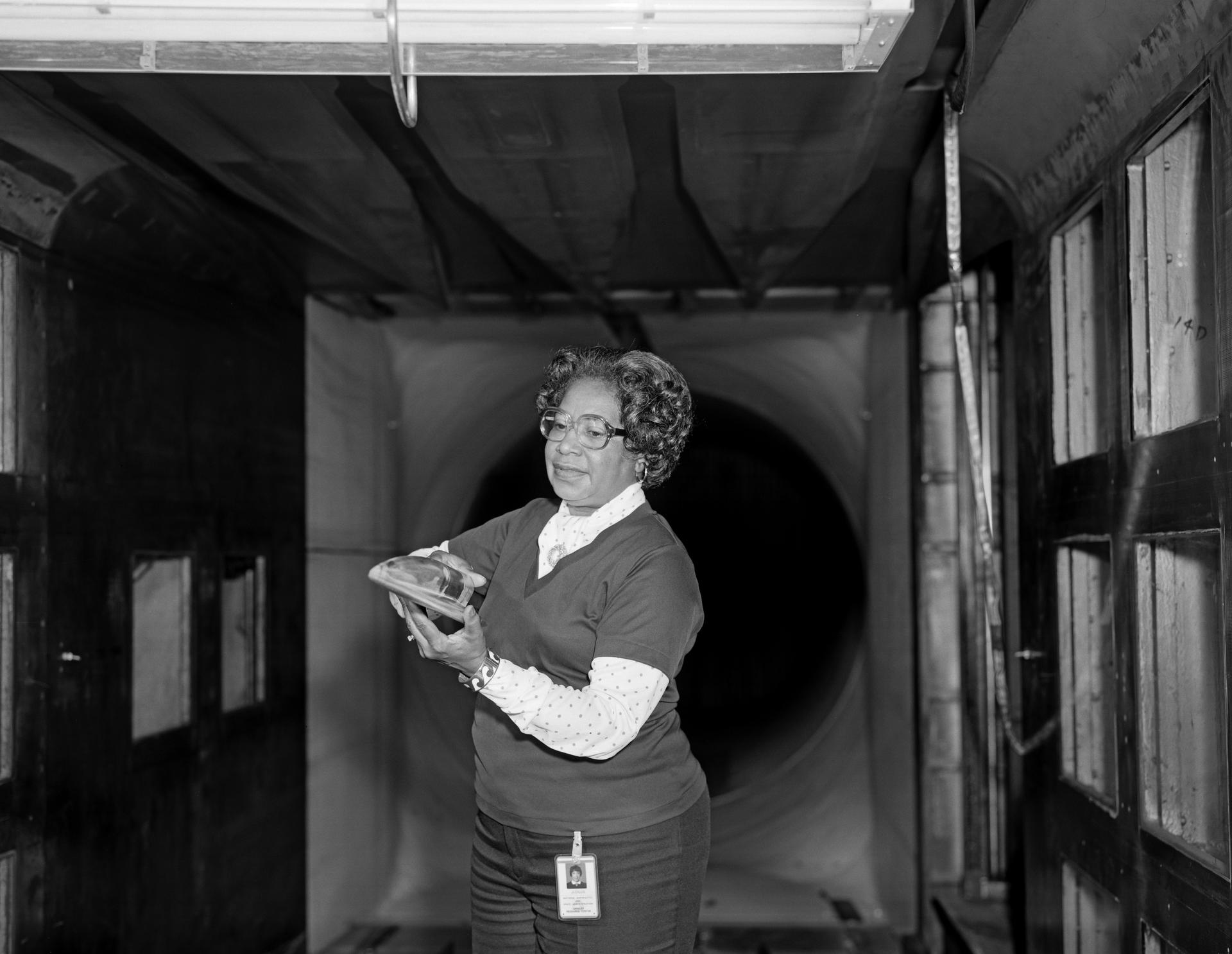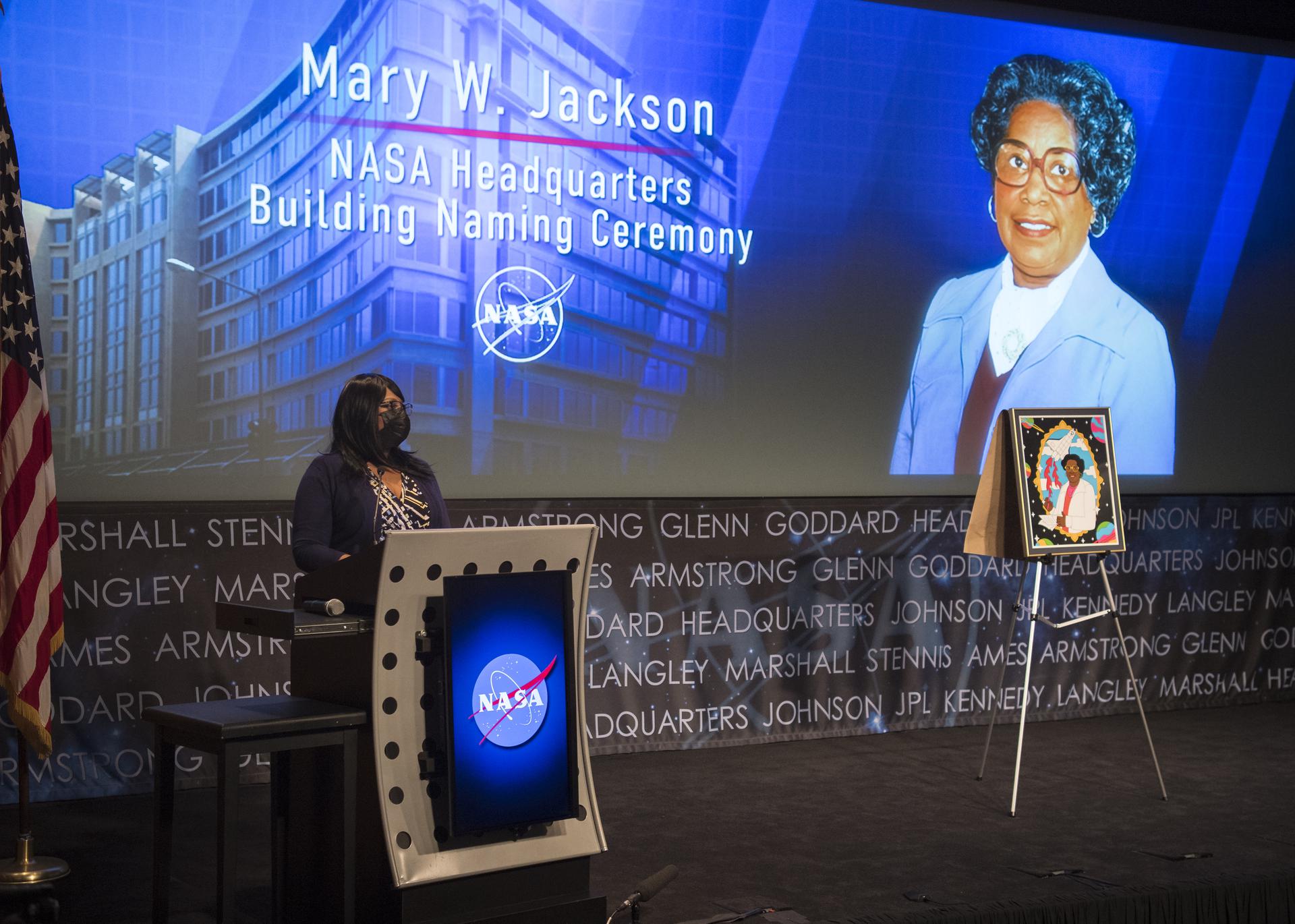If you’ve seen the 2016 award winning film Hidden Figures, you may be familiar with the story of Mary W. Jackson: a talented mathematician and scientist who worked at NASA as a human computer – someone who performed incredibly complex calculations required for NASA’s research by hand.

Jackson grew up in the era of segregation in the USA, where what was available to you, such as education, housing, and facilities, was determined by the colour of your skin. Not only did she overcome these barriers to make history as NASA’s first black female engineer, but she also dedicated much of her life to empowering those around her.
She tutored high school and college students, served as a Girl Scout leader for 30 years, and used her engineering expertise to help a local African American science club construct their own wind tunnel and perform experiments to investigate airflow around model aircraft, all alongside her remarkable career. On her 100th birthday, we take a look back at her life and just some of her achievements.
Mary Jackson was born Mary Winston on 9 April 1921, in Hampton, Virginia, USA. She graduated from the all-black George P. Phoenix Training School with highest honours, and went on to attain a dual bachelor’s degree in mathematics and physical science from Hampton University in 1942. She then spent a year teaching mathematics at an African-American school in Maryland, before returning to her hometown. It was around this time that she began tutoring, something that she continued to do throughout her life.

In 1951, Jackson was recruited by NASA (which was known as the National Advisory Committee for Aeronautics, or NACA, until 1958) to work as a ‘computer’ at the Langley Research Center in Hampton.
Computers, or human computers, were the people who performed all the mathematical calculations that underpinned so much of NASA’s research. Teams of these mathematicians, predominantly women and African-American women in particular, worked in computing pools supporting engineers by calculating anything they needed, from charting rocket trajectories to analysing air-flow around aircraft, all by hand.
Jackson worked in the segregated West Area Computing section for two years, until she received an offer to work for engineer Kazimierz Czarnecki in the Supersonic Pressure Tunnel, a 60,000-horsepower wind tunnel capable of producing winds at speeds almost double the speed of sound. The 4ft by 4ft (1.2m by 1.2m) tunnel was used to test the aerodynamics of model aircraft.
Under Czarnecki, Jackson had the chance to gain first-hand experience of conducting research experiments. It was Czarnecki’s suggestion that she should go for an engineering position, a role that would require her to take graduate-level classes in maths and physics.
The classes were part of a night programme offered by the University of Virginia, but were held at an all-white high school, and Jackson had to petition the City of Hampton to be allowed to attend. She was successful, and in 1958 was promoted to aerospace engineer, becoming NASA’s first black female engineer.

As an aerospace engineer, Jackson’s role was to analyse data from wind tunnel experiments as well as real test flights to understand how airflow interacted with the aircraft, so as to improve the design of US aeroplanes.
During her engineering career, she worked in several NASA divisions, eventually attaining the most senior title in the engineering department, and authored or co-authored 12 technical papers.
In 1979, after just over 20 years as an engineer, Jackson decided to turn her career towards championing equal opportunities. She retrained as an Equal Opportunities Specialist, going on to work as both the Federal Women’s Program Manager and the Affirmative Action Program Manager for NASA.

Mary Jackson remained at NASA until her retirement in 1985, and she passed away in 2005 at the age of 83. She is remembered not only for her ground-breaking professional achievements, but for her life-long advocacy for access and equality in science.
In her latter career, she used her position and experience to improve the career prospects of women in science, engineering and mathematics roles at NASA, but she also devoted her personal time throughout her life to humanitarian and community causes.

She received a number of awards in recognition of her dedication to this work both professionally and personally, including posthumously receiving the Congressional Gold Medal in 2019. In February 2021, NASA headquarters in Washington, DC, was named the Mary W. Jackson NASA Headquarters in her honour.
